The Air Cargo Security Equipment Market is currently characterized by a dynamic competitive landscape, driven by increasing global trade and heightened security concerns. Key players such as Smiths Detection (GB), L3Harris Technologies (US), and Rapiscan Systems (US) are at the forefront, each adopting distinct strategies to enhance their market positioning. Smiths Detection (GB) focuses on innovation, particularly in advanced screening technologies, while L3Harris Technologies (US) emphasizes digital transformation and integration of AI into their security solutions. Rapiscan Systems (US) is actively pursuing partnerships to expand its global footprint, thereby enhancing its operational capabilities. Collectively, these strategies contribute to a competitive environment that is increasingly reliant on technological advancements and strategic collaborations.
In terms of business tactics, companies are localizing manufacturing and optimizing supply chains to enhance efficiency and responsiveness to market demands. The market structure appears moderately fragmented, with several key players exerting influence over various segments. This fragmentation allows for a diverse range of solutions, catering to different customer needs while fostering competition among established and emerging players.
In August 2025, Smiths Detection (GB) announced a strategic partnership with a leading logistics provider to integrate its advanced screening technologies into the provider's operations. This collaboration is poised to enhance security measures across the logistics chain, reflecting Smiths Detection's commitment to innovation and operational excellence. Such partnerships not only bolster the company's market presence but also signify a shift towards integrated security solutions in the air cargo sector.
In September 2025, L3Harris Technologies (US) unveiled a new AI-driven cargo screening system designed to improve detection rates and reduce false alarms. This launch underscores the company's focus on leveraging cutting-edge technology to address evolving security challenges. By prioritizing AI integration, L3Harris Technologies positions itself as a leader in the market, potentially setting new standards for efficiency and effectiveness in cargo security.
In July 2025, Rapiscan Systems (US) expanded its operations in Asia through a joint venture with a regional security firm. This strategic move aims to enhance its service offerings and market reach in a rapidly growing region. The joint venture not only facilitates access to new customers but also allows Rapiscan to adapt its solutions to meet local regulatory requirements, thereby strengthening its competitive edge.
As of October 2025, the Air Cargo Security Equipment Market is witnessing trends such as digitalization, sustainability, and the integration of AI technologies. Strategic alliances are increasingly shaping the competitive landscape, enabling companies to pool resources and expertise. Looking ahead, competitive differentiation is likely to evolve from traditional price-based competition to a focus on innovation, technological advancements, and supply chain reliability. This shift suggests that companies that prioritize these elements will be better positioned to thrive in an increasingly complex market.



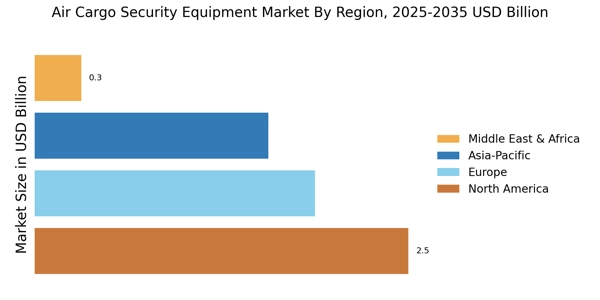
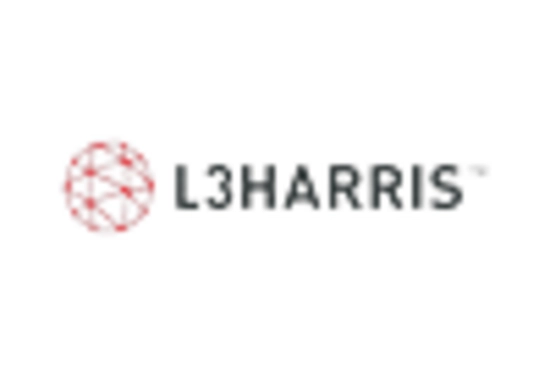
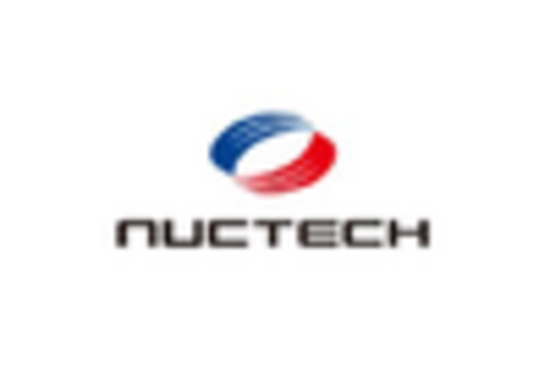
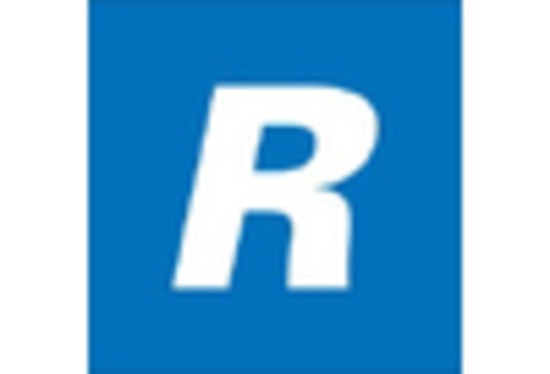
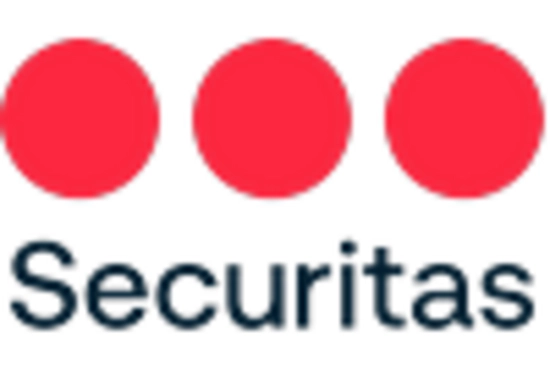

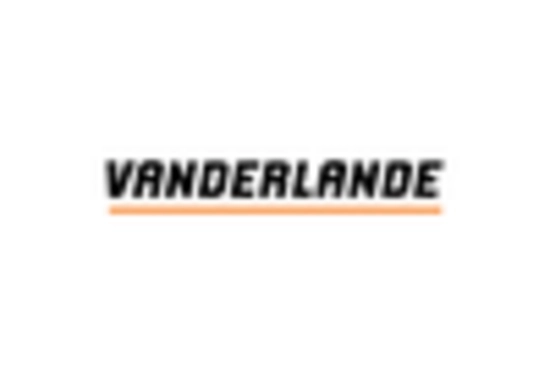








Leave a Comment